June 14, 2025 | 02:10 GMT +7
June 14, 2025 | 02:10 GMT +7
Hotline: 0913.378.918
June 14, 2025 | 02:10 GMT +7
Hotline: 0913.378.918
"As markets have stabilized ... and grower affordability has come up, we see demand increasing."
Seitz expects demand for potash to return closer to 2021 levels at some point next year.
"We are encouraged by the positive market developments over the second half of 2023 and particularly the strength of crop nutrient demand in North America and increased stability in global potash markets," he told analysts on a conference call Thursday morning.
The Saskatoon-based company — the world's largest fertilizer producer — reported significantly lower earnings Wednesday evening for its third quarter, coming in at US$82 million in the third quarter, compared with US$1.6 billion a year earlier.
Sales for the quarter were US$5.6 billion, down 31 per cent from US$8.2 billion, while diluted earnings per share were 15 cents US, down from US$2.94.
The company narrowed its guidance for full-year adjusted earnings before interest, taxes, depreciation and amortization to be between US$5.8 billion and US$6.4 billion.
The volatility in fertilizer markets over the previous year and a half led Nutrien to announce in August that it was indefinitely pausing its planned ramp-up of potash production.
Now, Seitz said he feels comfortable with Nutrien’s current capacity heading into 2024, but that the company will be ready to hit play on that ramp-up again when it seems appropriate.
"We use the word pause, because we do have up to 18 million tonnes of available low capex incremental production that we can deploy into the market. And we'll watch the evolution of demand and supply," he said.
"And as that all evolves, to the extent that our customers are calling for more tonnes, we will deploy the capital into that low-cost network to increase production."
As demand grows for potash, Nutrien may have more competition in its own backyard. Earlier this week, BHP announced the approval of a $6.4 billion investment in the second stage of its Jansen potash project, located approximately 140 kilometres east of Saskatoon.
The company is building one of the world's largest potash mines and doubling its investment in the product, with anticipated first production for Stage 1 planned for late in 2026.
Though the early stages of the project may see BHP and Nutrien competing for labour, Seitz said he thinks over time the labour pool in Saskatchewan will expand to meet the needs of both companies. As for competition on potash itself, he thinks there's plenty of room in that growing demand for the both of them.
"We believe that Nutrien will maintain market share ... as our volumes grow, meeting the needs of our customers, and that new production will be required to meet growing demand," he said.
"Some of that new production will be ours. Some of that new production, I'm sure, will be others."
The company also suspended work on its Geismar clean ammonia project earlier this year. That was largely due to increased inflationary risk, said Seitz, as well as uncertainty around the end uses for clean ammonia.
"We haven't seen with confidence those end markets really evolve into a place where you can commercially deploy clean ammonia and receive the premium associated with those new end markets," he said.
"We're going to probably take the next couple of years to watch how this all evolves."
(finance.yahoo)
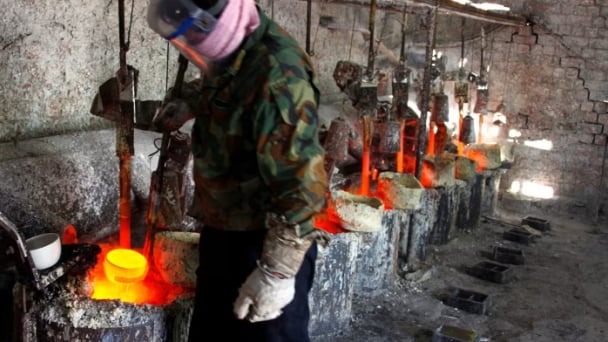
(VAN) Extensive licensing requirements raise concerns about intellectual property theft.
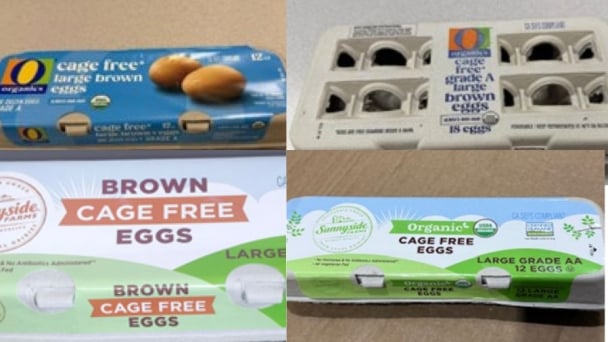
(VAN) As of Friday, a salmonella outbreak linked to a California egg producer had sickened at least 79 people. Of the infected people, 21 hospitalizations were reported, U.S. health officials said.
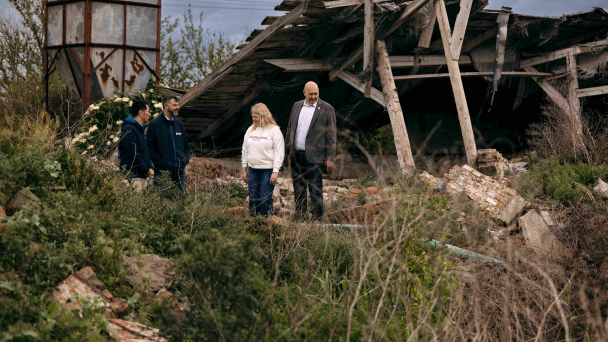
(VAN) With the war ongoing, many Ukrainian farmers and rural farming families face limited access to their land due to mines and lack the financial resources to purchase needed agricultural inputs.

(VAN) Vikas Rambal has quietly built a $5 billion business empire in manufacturing, property and solar, and catapulted onto the Rich List.
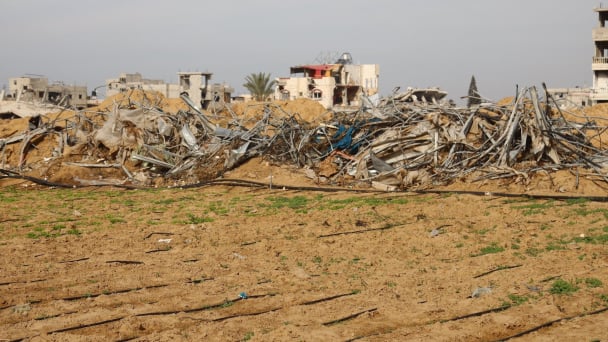
(VAN) Available cropland now at less than five percent, according to latest geospatial assessment from FAO and UNOSAT.
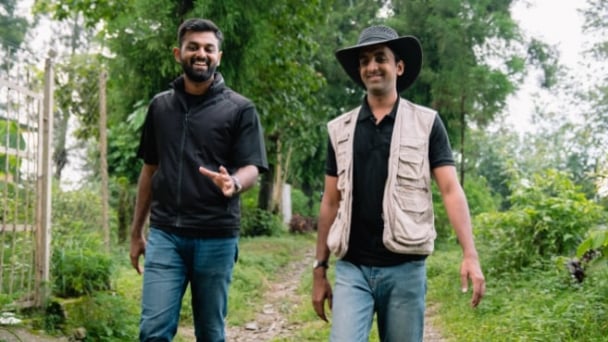
(VAN) Alt Carbon has raised $12 million in a seed round as it plans to scale its carbon dioxide removal work in the South Asian nation.

(VAN) Attempts to bring down the price of the Japanese staple have had little effect amid a cost-of-living crisis.